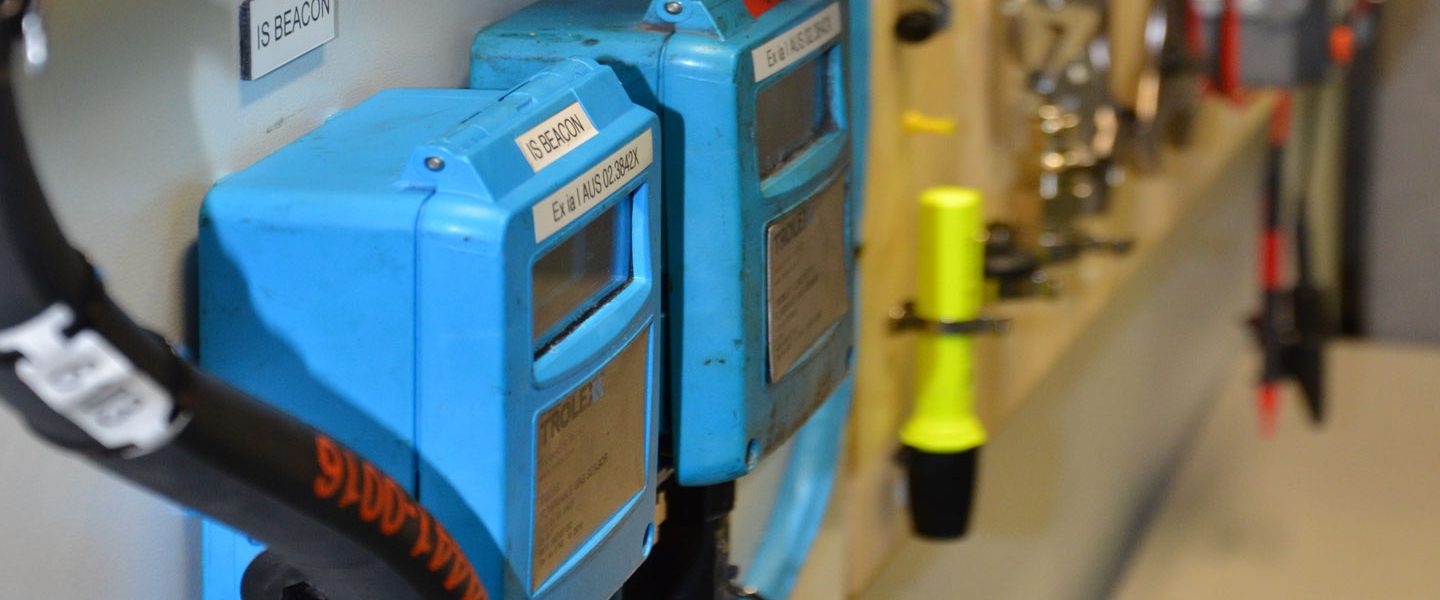Unknown Facts About Roar Solutions
Unknown Facts About Roar Solutions
Blog Article
Roar Solutions - Truths
Table of ContentsHow Roar Solutions can Save You Time, Stress, and Money.Roar Solutions Things To Know Before You BuyNot known Details About Roar Solutions
In order to secure installments from a possible surge an approach of analysing and identifying a possibly unsafe area is needed. The objective of this is to make sure the right choice and installation of tools to inevitably prevent a surge and to ensure safety and security of life.
(https://roarsolutions.start.page)
No devices ought to be set up where the surface area temperature of the equipment is better than the ignition temperature level of the given hazard. Below are some common dust dangerous and their minimum ignition temperature level. Coal Dust 380C 225C Polythene 420C (thaws) Methyl Cellulose 420C 320C Starch 460C 435C Flour 490C 340C Sugar 490C 460C Grain Dust 510C 300C Phenolic Material 530C > 450C Aluminium 590C > 450C PVC 700C > 450C Residue 810C 570C The chance of the risk existing in a concentration high enough to cause an ignition will differ from area to area.
Dangerous area electrical equipment possibly made for use in greater ambient temperatures. Field Repair Service By Authorised Employee: Difficult screening might not be needed however particular treatments might need to be followed in order for the tools to keep its 3rd event rating. Each item of devices with their explanation a dangerous score need to be assessed separately.
6 Simple Techniques For Roar Solutions
The tools register is a detailed database of tools records that includes a minimum collection of fields to determine each item's location, technological criteria, Ex classification, age, and environmental information. The ratio of Detailed to Shut examinations will be figured out by the Tools Risk, which is assessed based on ignition risk (the possibility of a source of ignition versus the probability of a flammable ambience )and the dangerous area classification
( Zone 0, 1, or 2). Executing a durable Risk-Based Assessment( RBI )technique is essential for ensuring conformity and safety in taking care of Electrical Tools in Hazardous Areas( EEHA).
Some Known Incorrect Statements About Roar Solutions

In regards to eruptive danger, a dangerous area is a setting in which an eruptive ambience exists (or might be anticipated to be existing) in amounts that require special preventative measures for the building, installment and use devices. Roar Solutions. In this short article we check out the difficulties encountered in the work environment, the risk control procedures, and the required expertises to work safely
These substances can, in certain conditions, form eruptive atmospheres and these can have significant and awful consequences. Most of us are acquainted with the fire triangular get rid of any kind of one of the 3 elements and the fire can not take place, yet what does this mean in the context of harmful areas?
In a lot of circumstances, we can do little regarding the levels of oxygen in the air, but we can have significant influence on resources of ignition, as an example electrical devices. Hazardous locations are documented on the hazardous area category drawing and are identified on-site by the triangular "EX LOVER" indication. Below, among various other essential details, areas are divided into three types depending on the risk, the likelihood and duration that an explosive environment will certainly exist; Zone 0 or 20 is considered the most dangerous and Area 2 or 22 is considered the least.
Report this page